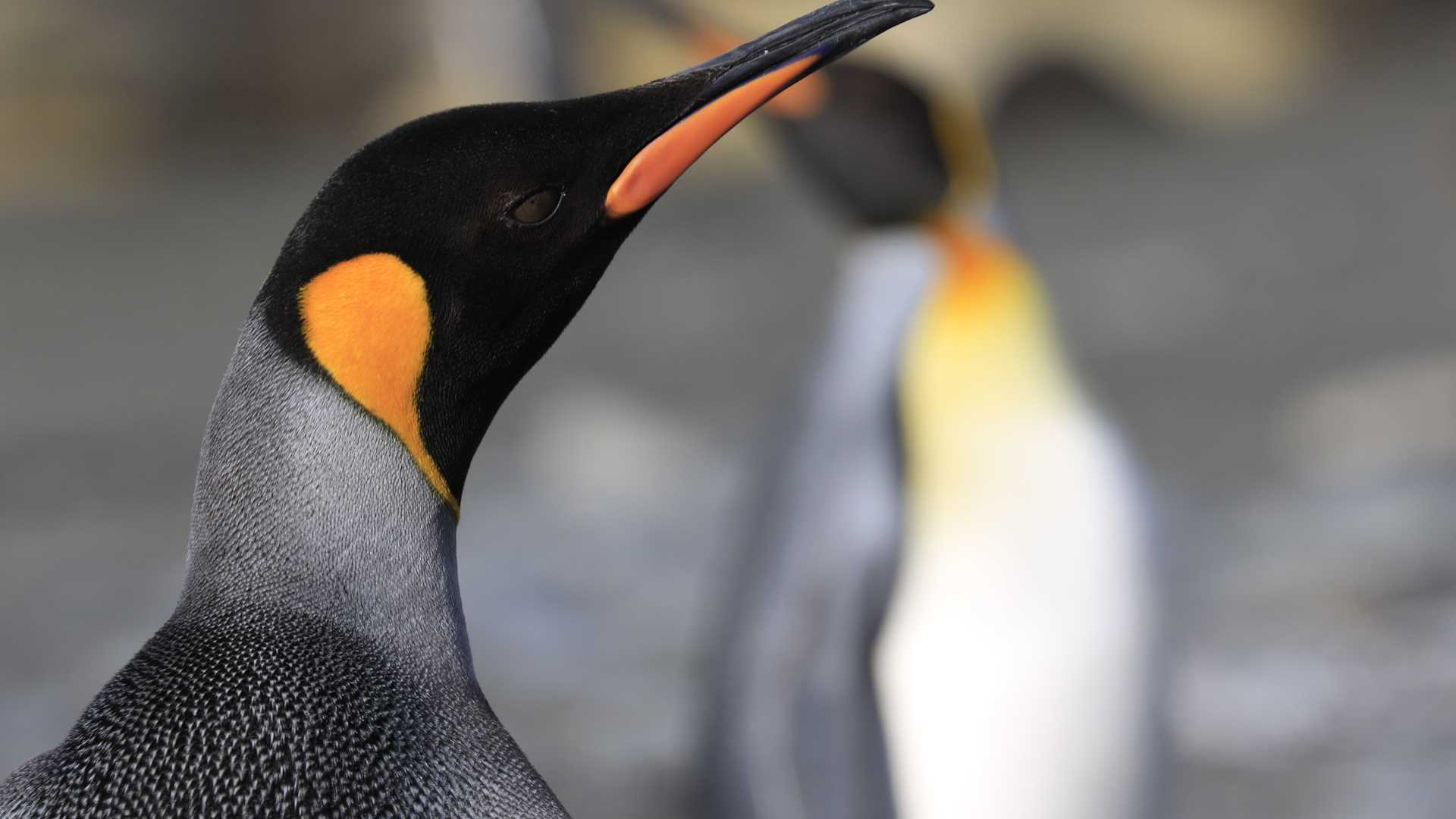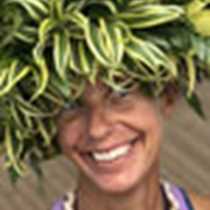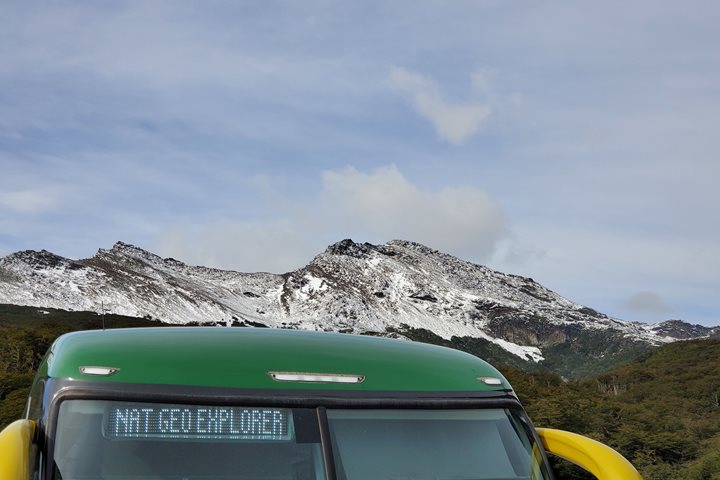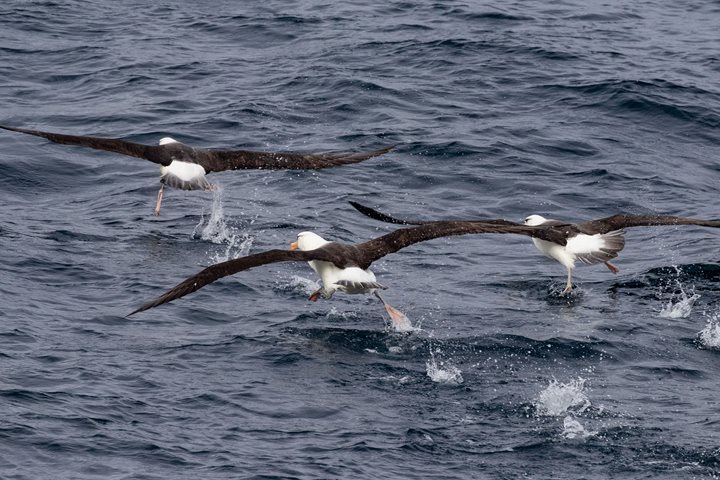This morning the National Geographic Explorer awoke at the crack of 5 a.m. at one of the more stunning landings on South Georgia. After the staff assured safe passage through the gauntlet of elephant seals we left the ship before breakfast to enjoy penguins and the surrounding landscape in the early morning light. Well worth the early rising, we were blown away by the number of elephants and kings and the amazing backdrop of Gold Harbor. The beach was covered with seals as far as the eye could see and even the penguins had their challenges weaving through the density of amorous and defensive bulls and their harems. Recently weaned elephant seal pups (aka weaners) lined the beach and their big eyes and gentle nature were a great distraction from the thousands of king penguins that surrounded us. King penguins breed on sub-Antarctic islands and South Georgia is their South Atlantic stronghold. Their reproductive cycle is unique among penguins since it requires more than one year to raise a chick. The single egg is laid in early December and after 54 days of incubation on the bird’s feet the chick hatches in late January. The chicks we saw were 10+ months old and had survived the crèche and winter months when they infrequently receive regurgitated lantern fish from their parents. With the return of spring and more accessible food, the chicks are fed more frequently until fledging starts in December. After breakfast, intrepid souls headed up to a ridge above the landing and were rewarded with the most incredible view of the scene below, Bertrab Glacier and the surrounding Salvesen Range (named after Sir Harold Salvesen, director of the whaling company “Salvesen and Company” in Leith harbor).
After lunch we made another incredible landing at St. Andrews Bay and were again in the presence of an unimaginable number of king penguins. In the stream coming off of Heaney Glacier stood thousands of molting birds. This “catastrophic” prenuptial molt allows them to replace all of their feathers in one 2-3 week period. Losing 30-50 percent of their weight in the process, it is important for birds to bulk up before coming to shore and they will reach their peak body mass at the beginning of the molting process. After the molt these birds will forage for a few weeks before returning to the colony where they will fast again during the first part of breeding. Both a complex and fascinating cycle of life; we are so very blessed to witness these birds in their domain here on this incredible sub-Antarctic island!







